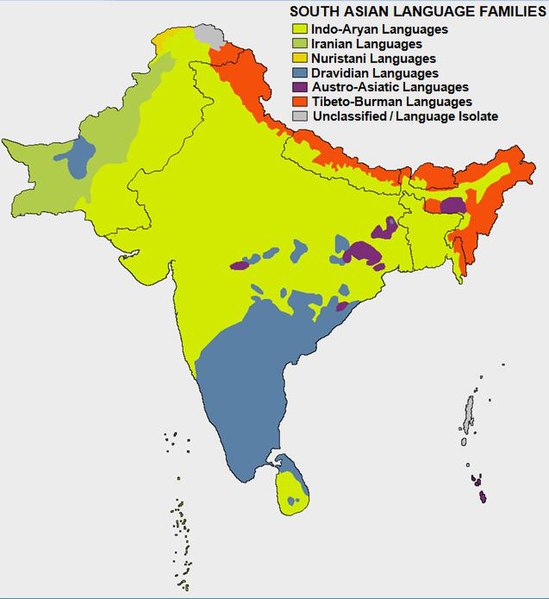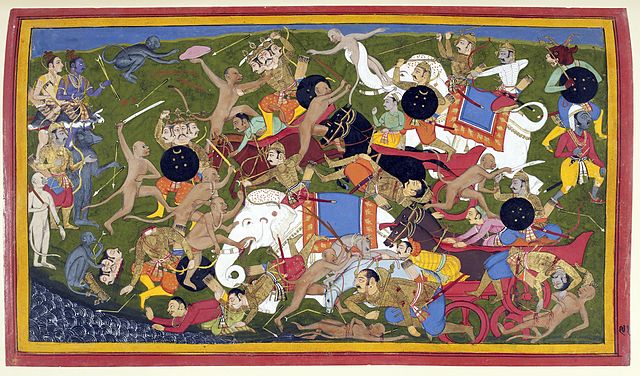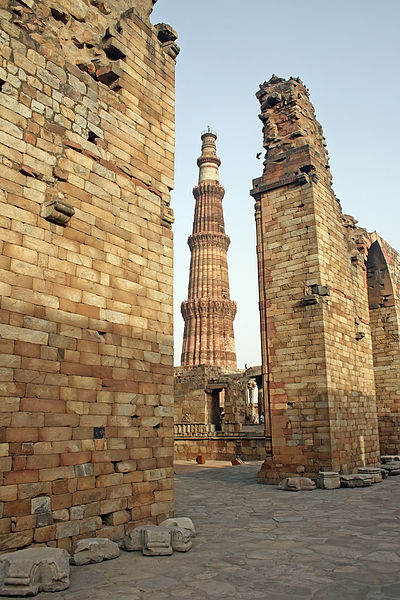Languages spoken in the Republic of India belong to several language families, the major ones being the Indo-Aryan languages spoken by 78.05% of Indians and the Dravidian languages spoken by 19.64% of Indians; both families together are sometimes known as Indic languages. Languages spoken by the remaining 2.31% of the population belong to the Austroasiatic, Sino–Tibetan, Tai–Kadai, and a few other minor language families and isolates. According to the People's Linguistic Survey of India, India has the second highest number of languages (780), after Papua New Guinea (840). Ethnologue lists a lower number of 456.
Language families of the Indian subcontinent; Nihali, Kusunda and Thai languages are not shown.
Image: Gujarati In Script Keyboard Layout
Fastest growing languages of India — Hindi (first), Kashmiri (second), Gujarati & Meitei/Manipuri (third), Bengali (fourth) — based on 2011 census of India
At a tourist site in Bengaluru – Top to bottom, the languages are Hindi, Kannada, Tamil, Telugu, and Malayalam. English and many other European languages are also provided here.
India, officially the Republic of India, is a country in South Asia. It is the seventh-largest country by area; the most populous country as of June 2023; and from the time of its independence in 1947, the world's most populous democracy. Bounded by the Indian Ocean on the south, the Arabian Sea on the southwest, and the Bay of Bengal on the southeast, it shares land borders with Pakistan to the west; China, Nepal, and Bhutan to the north; and Bangladesh and Myanmar to the east. In the Indian Ocean, India is in the vicinity of Sri Lanka and the Maldives; its Andaman and Nicobar Islands share a maritime border with Thailand, Myanmar, and Indonesia.
Manuscript illustration, c. 1650, of the Sanskrit epic Ramayana, composed in story-telling fashion c. 400 BCE – c. 300 CE
Cave 26 of the rock-cut Ajanta Caves
Brihadeshwara temple, Thanjavur, completed in 1010 CE
The Qutub Minar, 73 m (240 ft) tall, completed by the Sultan of Delhi, Iltutmish








